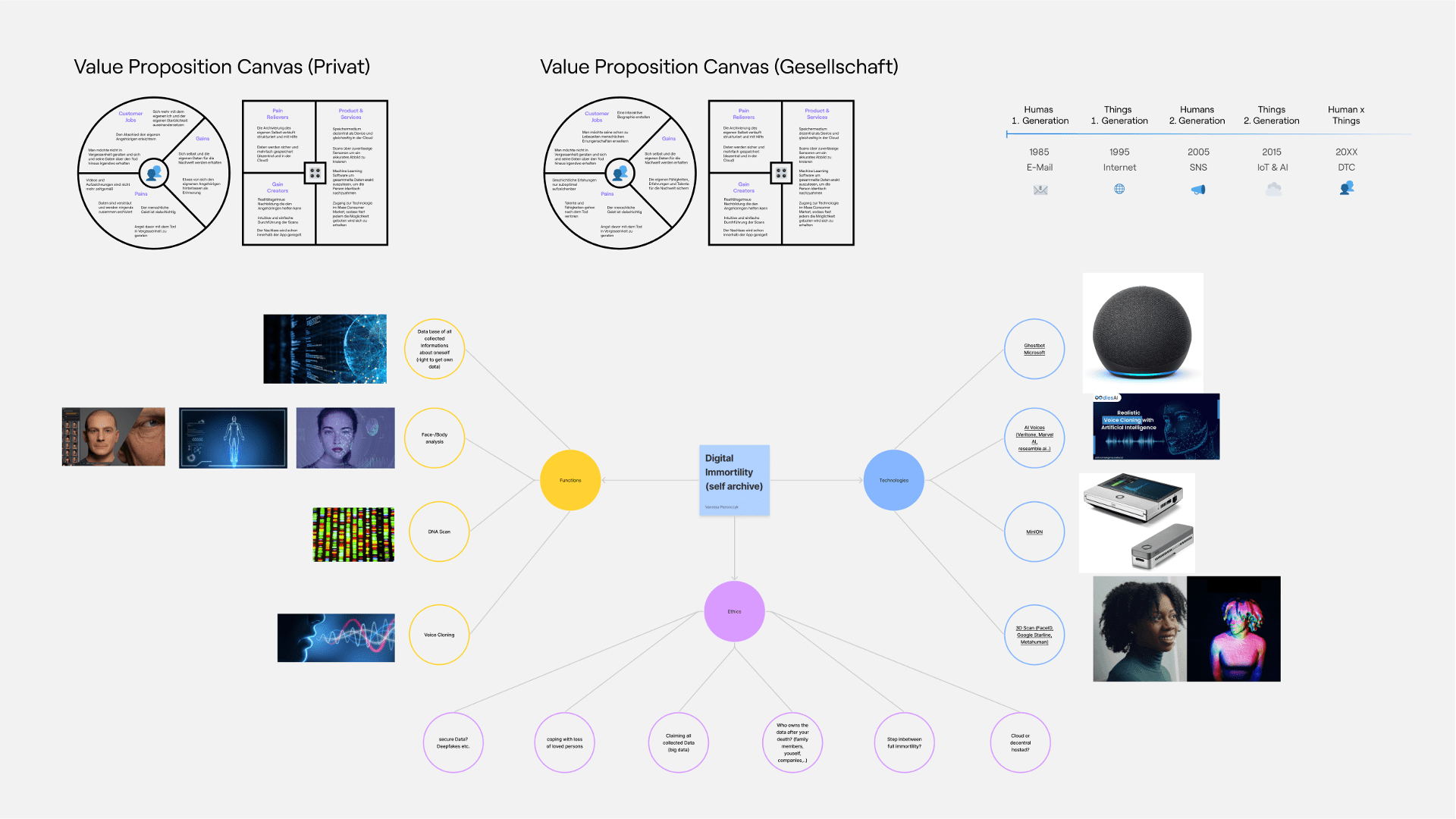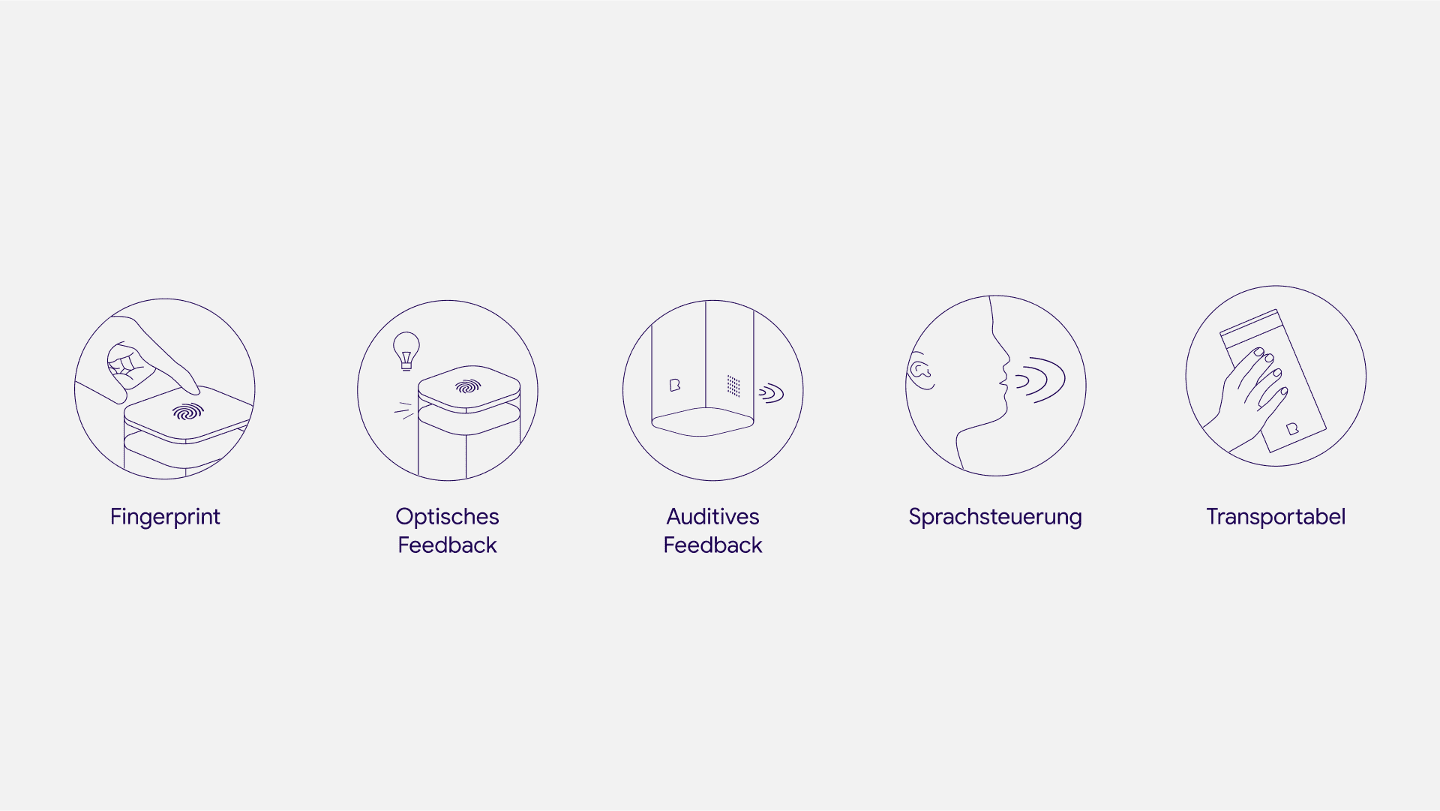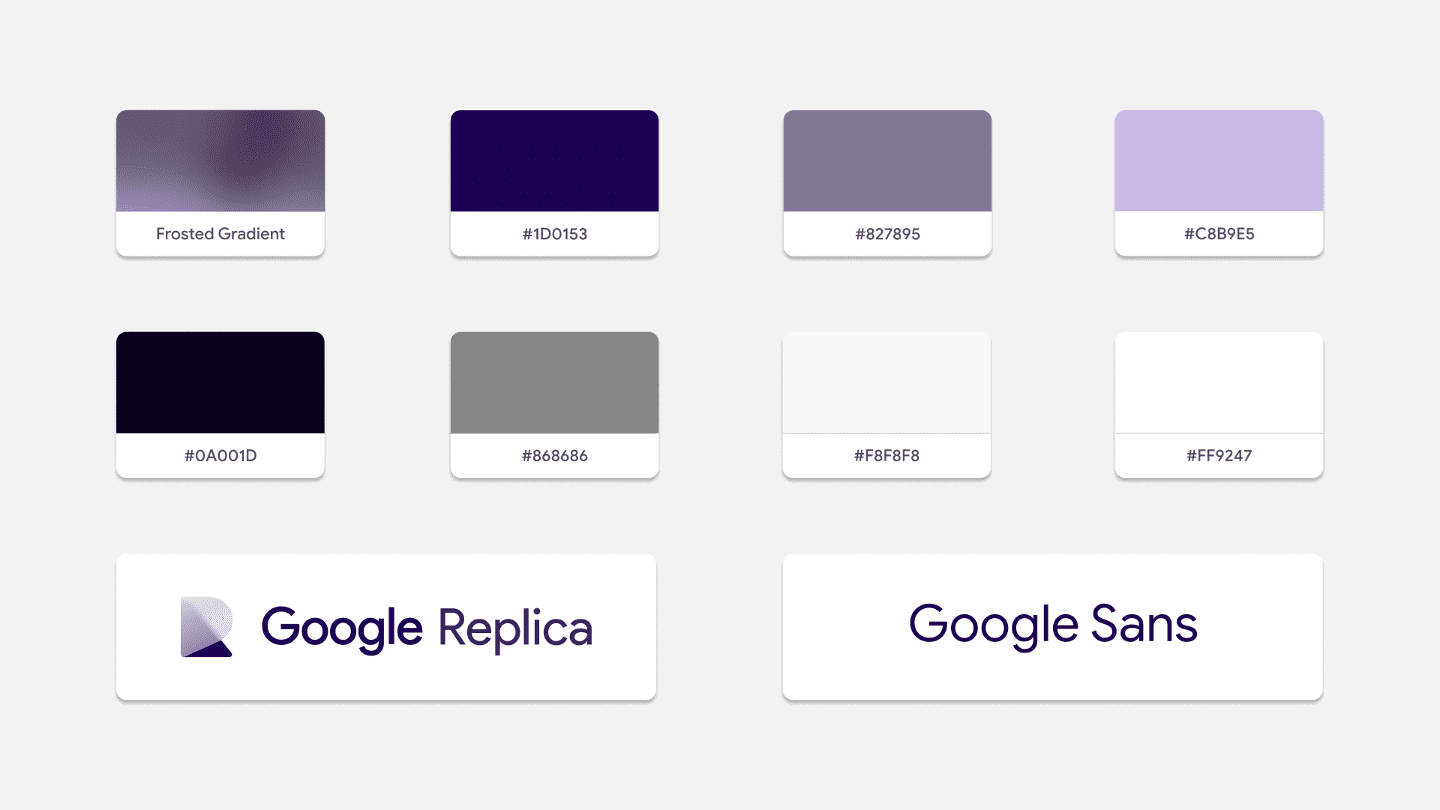more about this project
Who, when, what?
Summary
‘Google Replica’ is a platform with which one can digitally replicate one’s own personality in order to be preserved for posterity. You can also learn a lot about other people on the platform and have virtual conversations with their Replicas.
Duration
The project was created over a period of 5 weeks in the interaction design course in the 3rd semester at the Hochschule für Gestaltung Schwäbisch Gmünd.
Teammates
Vanessa Pieronczyk, Gianluca Coronato, Tobias Reinhart
Methods
Research, Concept, Qualitative Interviews, Sketching, Prototyping, Interaction Design, 3D Modelling, Animation
Tools
Pen and Paper, Miro, Figma, Photoshop, Cinema 4D, Protopie, Metahuman Creator, AI Voice Generator, After Effects
Final Product Trailer
The Goal
The goal in Invention Design is to identify future trends and develop possible user-relevant products based on this technological progress. The whole design process is exploratory-experimental. After our research, we realized that the most valuable currency of the digital age is data. But what if the data we collect every day could be used to create a digital replica? Everyone’s knowledge, experience, and personality are valuable, but until recently, they were ephemeral. With Google Replica, a platform is being created to help people with special knowledge and skills who want to preserve them, by giving them the opportunity to digitize their own personality with voice, appearance and mind with the Google Ark, in order to preserve them for future generations.

Research
In the subsequent research phase, we evaluated various options that already exist on the market, technologies that would enable such a platform, and what hardware and software would be needed for an associated device. Subsequently, we also informed ourselves about the psychological aspects of grief and ego-consciousness. We conducted several interviews with different people of different age groups to get a feeling for the extent to which our insights are similar to those of real people. All the information gained was evaluated and subsequently recorded in the insights that were most important to us in order to start an ideation process.

Ideation
In the ideation process, we looked for suitable solutions for both visual UI design and product design. In several iterative phases with the inclusion of our research results, we developed a product that was essentially in line with Google’s design aesthetic, could meet the target group and is easy to use.


Realization
Product Design
We concretized the interactions with the so-called Google Ark and tried to make it as inutitive and simple as possible, so that it would be easy to use for people of all ages. In addition to lighting and sound design, the final product design was done in Cinema4D, where the product interaction video was also animated.


Visual Design
The ideation and wireframing phase was followed by the design of the Google Replica Platform in Figma. For this purpose, we developed a design system that was easily transferable to the entire user interface, so that changes were easy and possible at any time. We used the MetaHuman Creator to design appealing 3D avatars and integrated them prototypically into our platform with a video. The prototyping then took place in Protopie. Last but not least, the product visualization videos were created and animated in After Effects.





